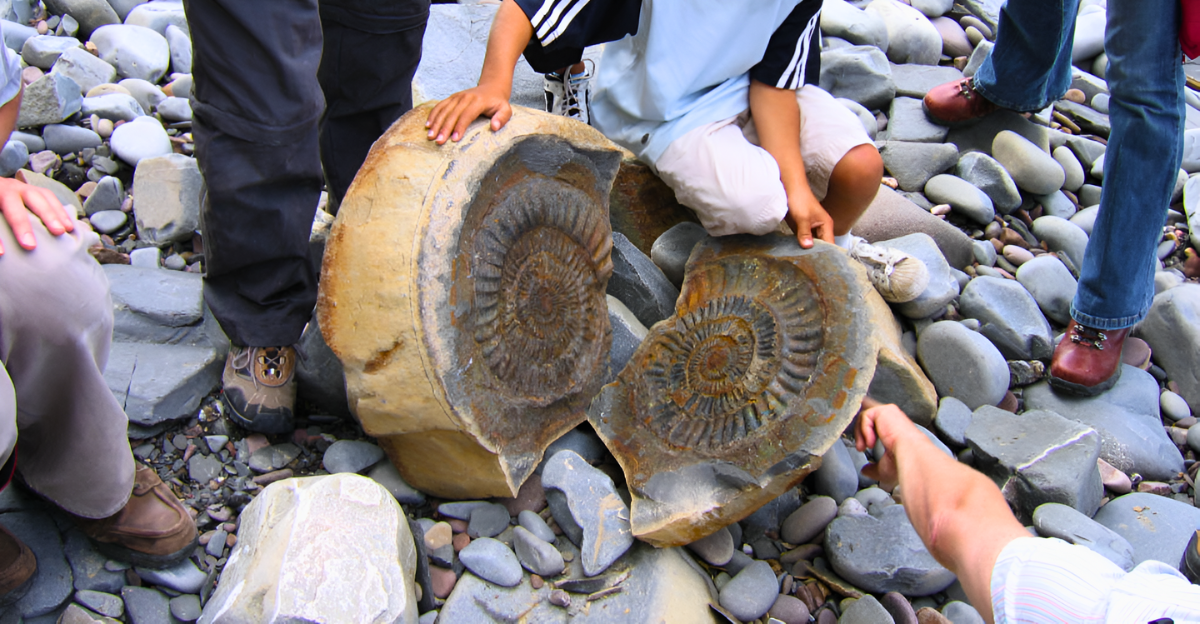
According to the long-standing Out of Africa theory, modern humans first appeared in Africa before dispersing throughout the world and displacing earlier human species. For many years, this theory was primarily based on genetic and fossil evidence that suggested Africa was the cradle of modern humans between 200,000 and 300,000 years ago. However, the original theory has been strengthened, improved, and made more complex by the emergence of new archaeological and genomic data, which points to multiple migration waves and deeper, more interwoven human ancestry within Africa.
This continuous improvement emphasizes how scientific paradigms change in response to data, highlighting the value of interdisciplinary cooperation in reconstructing human origins, from paleoanthropologists and geneticists to climate scientists.
A Changing Storyline
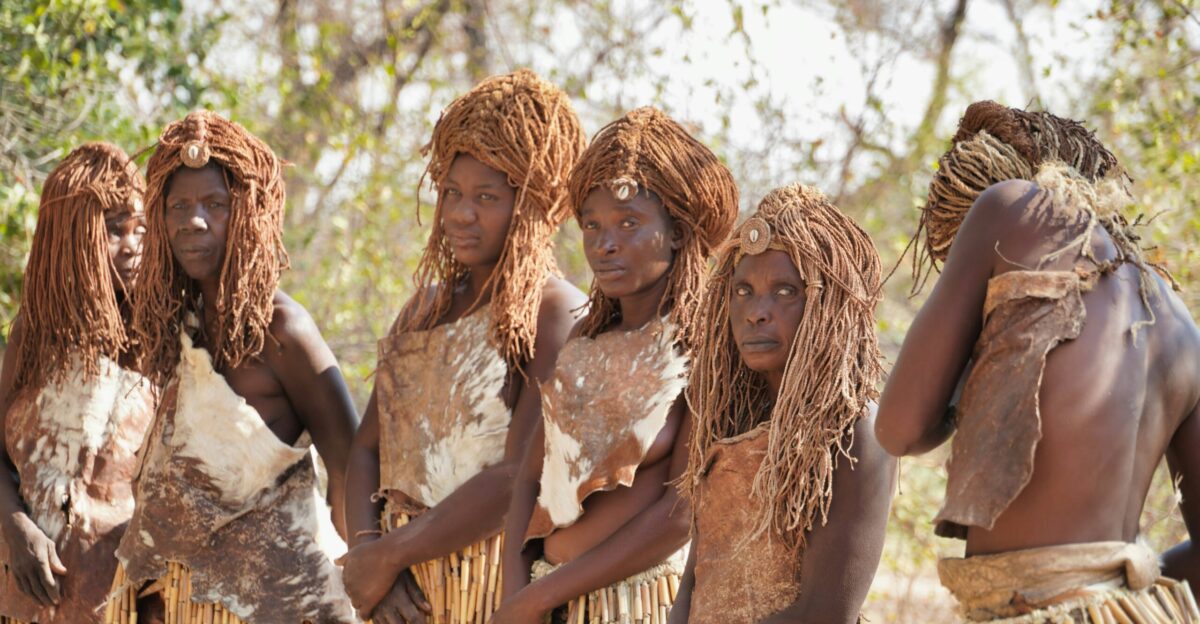
Simplified ideas of a single African origin point have been called into question by recent fossil discoveries and sophisticated genetic research. Current data suggests a “Pan-African” model in which Homo sapiens originated from widely distributed, highly structured populations on the continent. Old beliefs that only East or South Africa mattered have been disproved by the discovery of ancient remains from West and Central Africa, which show a dynamic web of early human migration and adaptation that dates back hundreds of thousands of years.
According to this enlarged model, distinct genetic and cultural traits were contributed by various African regions, blending and diverging through local adaptations. It highlights the ecological diversity of the continent, ranging from tropical forests to savannahs, which produced a range of selective pressures that shaped early humans.
The Migration Waves
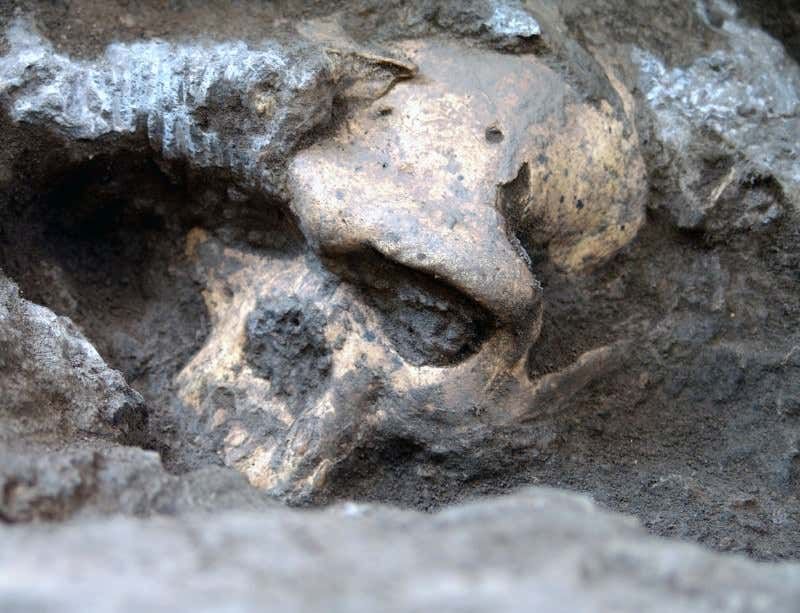
According to early models, there was only one significant migration out of Africa. However, recent studies show that human migration occurred in multiple waves. Hominins may have left Africa more than once, settling in different places with different toolkits, according to fossils like the 1.5-million-year-old vertebra discovered in Israel and others in Dmanisi, Georgia. These migrations took place over very long periods of time and were influenced by shifting resource availability and climate.
Furthermore, frequent migrations suggest intricate interactions, possibly including interbreeding and cultural exchanges, with the archaic humans who already inhabited Eurasia. A deeper understanding of how Homo sapiens spread and established themselves globally, either alongside or in place of other hominin species, is provided by this more comprehensive perspective, which situates human dispersals within a framework of iterative expansions and contractions.
Genetics Change the Map

The Out of Africa theory has undergone a significant transformation thanks to advanced DNA analysis. Nearly all humans outside of Africa have a common ancestry that dates back to a single recent African origin, most likely between 70,000 and 50,000 years ago, according to studies of mitochondrial DNA and Y-chromosome markers.
Archaic human traces have also been discovered in contemporary African genomes thanks to recent developments in ancient DNA sequencing, revealing a complex web of admixture that was previously overlooked. By supporting a model of constant gene flow among various and changing populations within Africa, these genetic discoveries not only help the multiple-wave migration narrative but also cast doubt on the idea of an isolated African gene pool, intricately connecting the continent’s distant past to the larger human story.
Evidence from Fossils Becomes Complicated
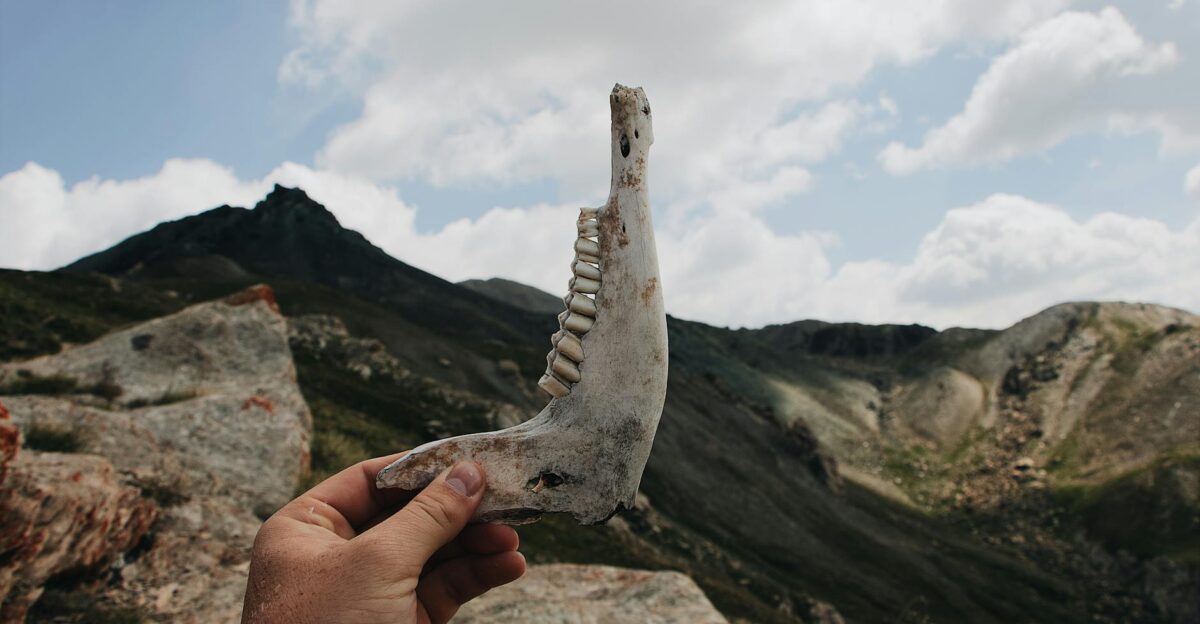
Once Africa’s definitive evidence, the fossil record is now as much a matter of controversy as it is of fact. Although Omo 1 was first hailed as the oldest fossil of Homo sapiens when it was discovered in Ethiopia, its significance as a pillar of the Out of Africa model has been undermined by later dating disputes and inquiries regarding the circumstances surrounding its discovery. Older and more varied remains, such as the Hofmeyr skull from South Africa and the Jebel Irhoud from Morocco, are still being found at sites throughout Africa.
The variety of fossil morphologies casts doubt on the rigid classification of species boundaries and points to a mosaic evolution in which characteristics evolved and vanished in various populations. When morphology, stratigraphy, and archaeology are combined, a complex interaction between replacement, extinction, and survival that has been taking place in Africa for tens of thousands of years is revealed.
Regional and Contrarian Theories
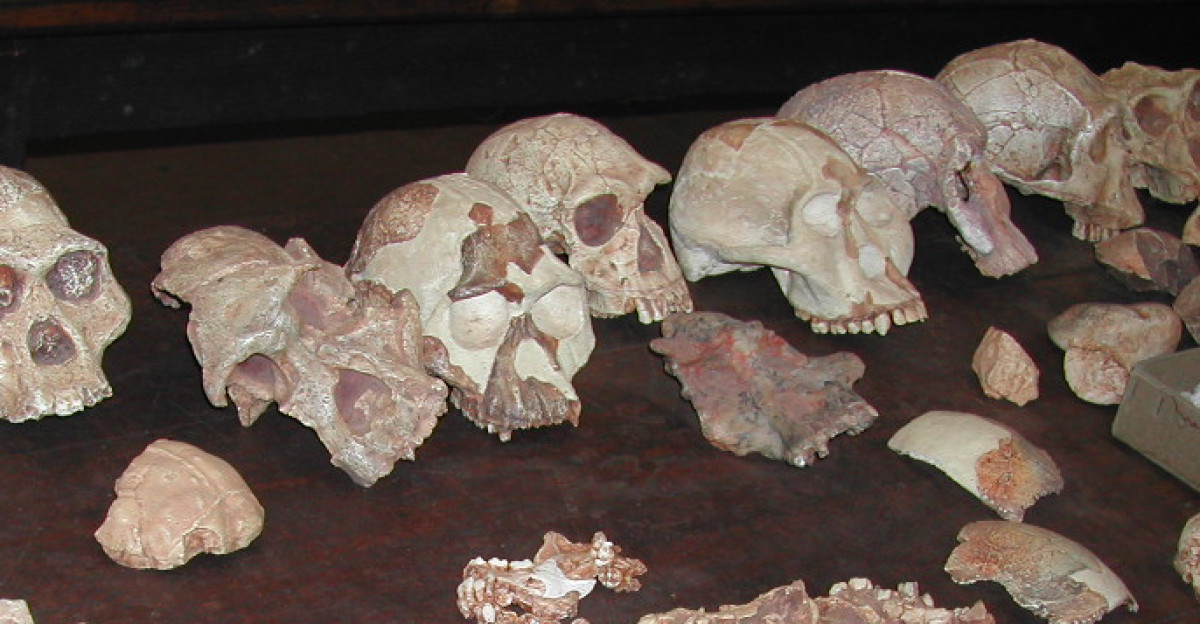
Alternative theories, most notably the “Out of East Asia” theory, have temporarily gained traction as challenges to the Out of Africa narrative. Some have pointed to claims of high regional genetic diversity and fossil evidence from East Asia. Even though these opposing viewpoints are fascinating, they usually fall short when subjected to thorough genomic analysis; the majority of Asian and European populations have genetic markers that can be traced back to African ancestors.
These opposing viewpoints also emphasize how crucial it is to critically assess presumptions, prejudices, and the sociopolitical settings that shape how human evolution is interpreted. In the face of fresh data, scientists must remain adaptable while avoiding the ideological or nationalist exploitation of their research.
Intelligent Machines and Human Origins
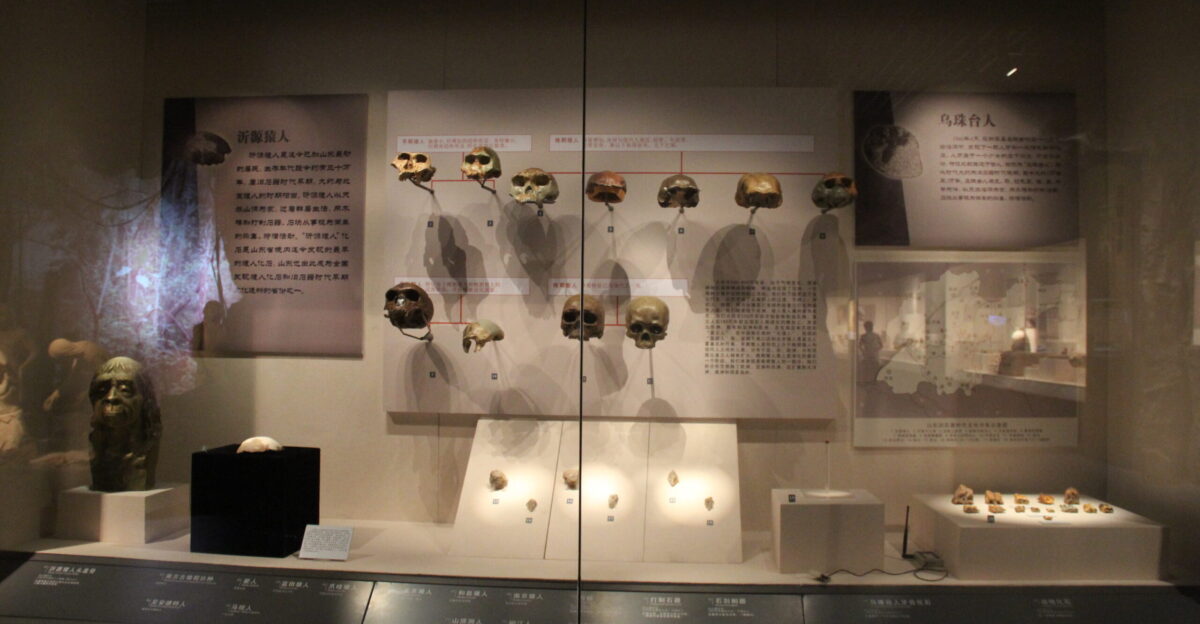
Population modeling has been transformed by AI, which has shown complexity in prehistoric human movements that were unthinkable ten years ago. Prior to the primary dispersal, neural networks and genetic data point to “within-Africa” population subdivisions and massive gene flows. In line with the genetic and fossil evidence, these sophisticated simulations not only support multi-wave migration scenarios but also pinpoint significant genetic homogenization events that occurred in Africa before the most important migrations.
This innovative method has the potential to significantly improve our models of human origins by shedding light on previously unknown population relationships and migration events. Beyond modeling, AI is making it possible to integrate various data types, genomic, climatic, and archaeological, that were previously difficult to synthesize and analyze incomplete, fragmented datasets.
Social Impact and Real-World Consequences
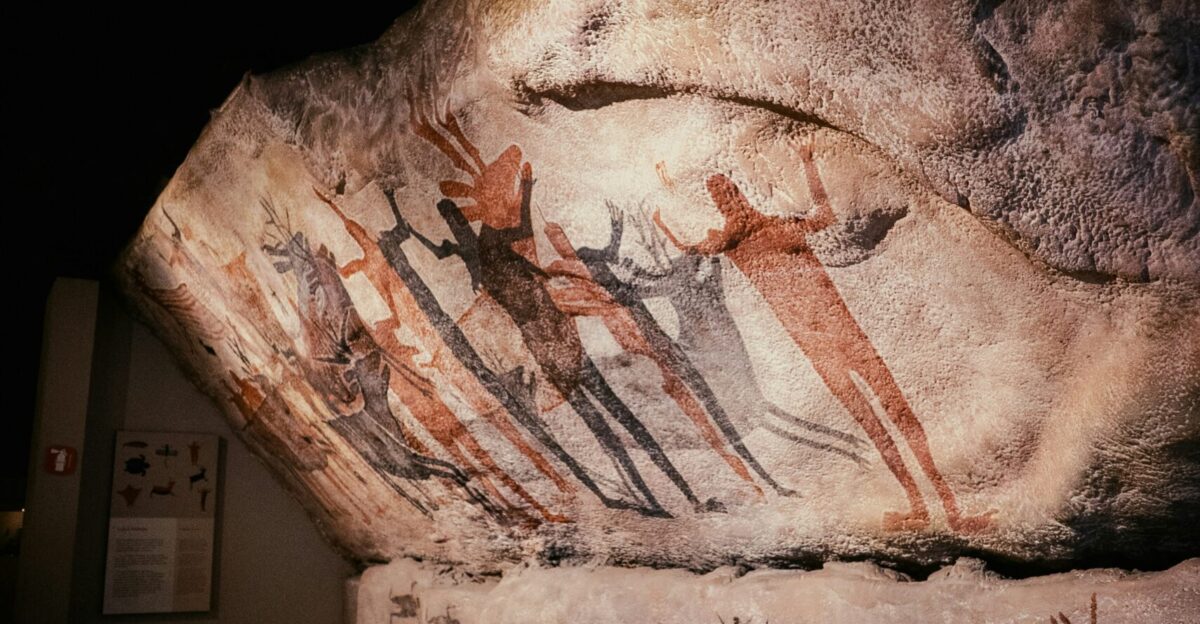
Academic anthropology is not the only field impacted by the unfolding Out of Africa narrative. It influences current racial and migration debates, shapes cultural identity, and offers compelling background information for population genetics-based disease research. Racist pseudoscience based on earlier, linear models is undermined by the new evidence for a sprawling, composite African origin, which shows how interconnected we are. Along with encouraging scientific humility and adaptability in the face of shifting facts, it also forces educators, museums, and legislators to revise narratives.
These findings are significant because they challenge narrow, nationalistic interpretations of human history and promote a more inclusive, global perspective on our shared heritage. They also have geopolitical and educational implications.
The Uncertainty Tension
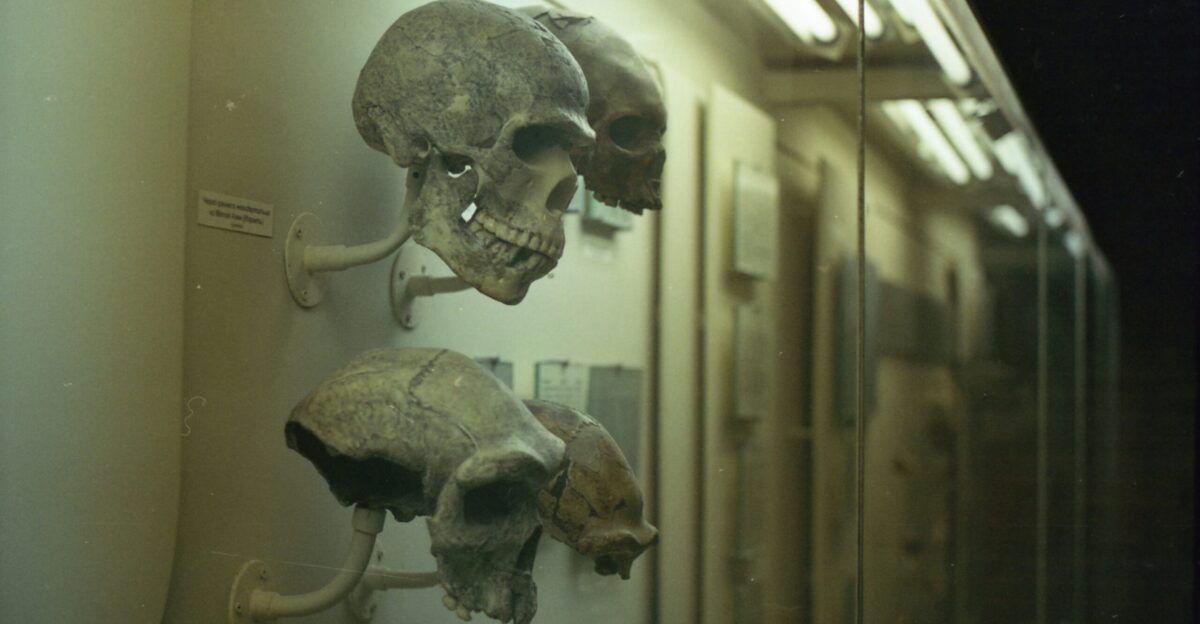
Every new discovery challenges accepted chronologies and models, creating constructive scientific tension. The replacement model, according to critics, minimizes the evidence of interbreeding between Neanderthals and modern humans.
These conflicts highlight the tentative character of scientific knowledge, where disagreement fosters advancement rather than stagnation. Reconstructing our ancient past requires striking a balance between skepticism and acceptance, as this iterative process reveals that human origins cannot be pinned to a single narrative but rather to a complex interplay of migration, adaptation, and cultural innovation shaped by both genetic legacy and environmental contingency.
Final Evaluation

Because new evidence keeps coming to light, the Out of Africa theory, which has been tested and improved over time, is stronger and more prosperous. Its initial simplicity has given way to an intriguingly intricate, non-linear model that takes into account several migration waves, local adaptations, and surprising genetic relationships.
This growing knowledge strengthens the fundamental ties that bind us as a species and encourages humility in acknowledging how much is still unknown. It reminds us that our origins are as intricate and entwined as the societies we create today, and it goes beyond simply rewriting textbooks to ask us to rethink identity and solidarity in a world where historical migrations unite us far more than they divide us.



